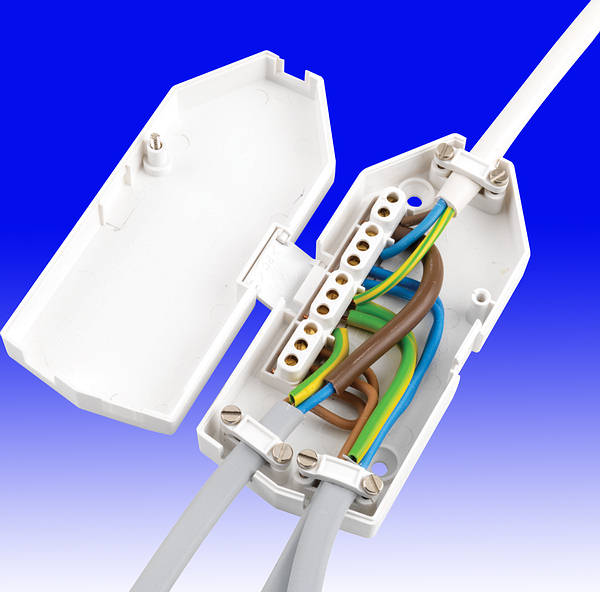Hmmm. Needless to say, I know that I can do that - but this is nothing to do with me, and I cannot insert a link into someone else's post. I was merely pointing out that ban-all-sheds had apparently posted in the wrong thread - and only he or you can do anything about that, other than (as I did) bringing people's attention to the error.===================================================
You could insert a link between threads in a post of your own.
Posts can't be transferred between threads.
Mod
=====================================================
Kind Regards, John



